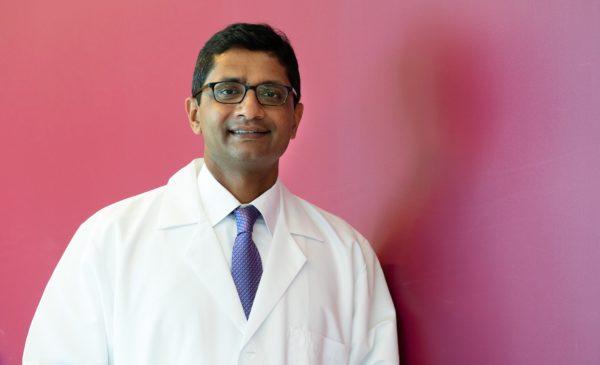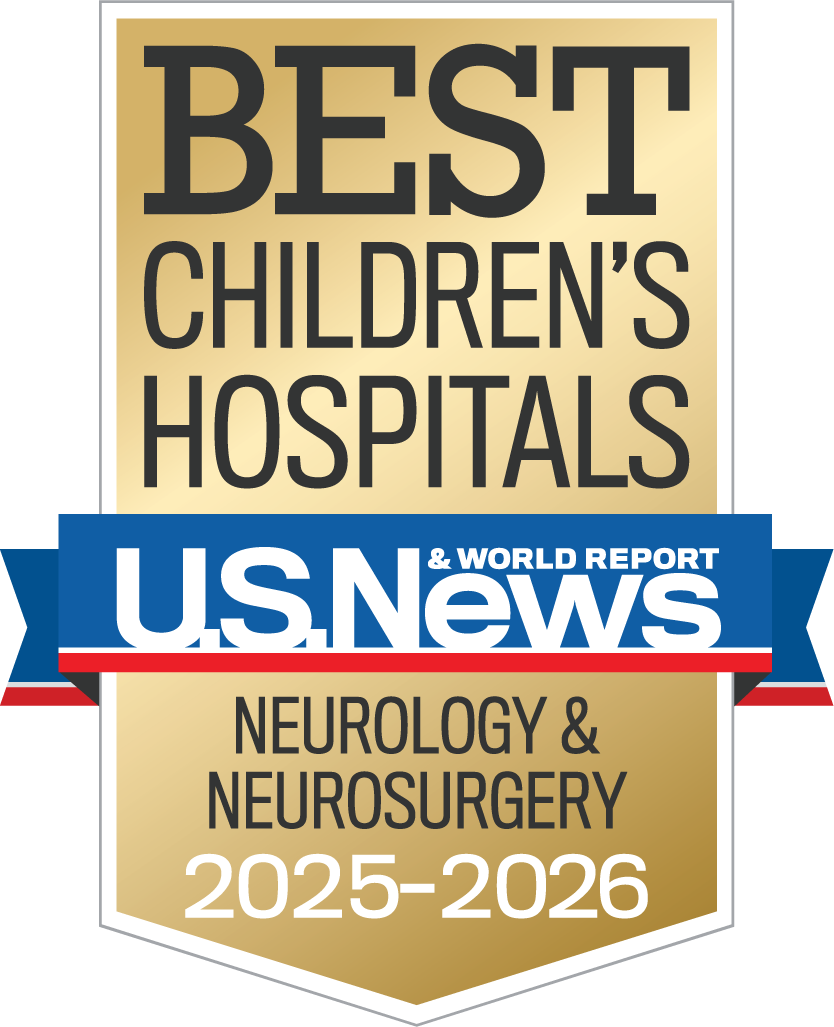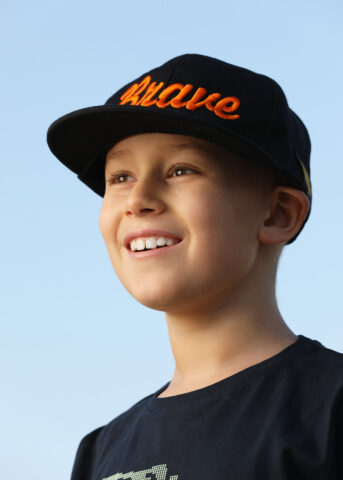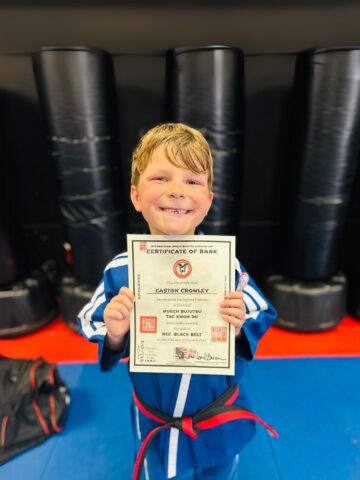Slight imperfections in a baby’s head are normal after birth, but as babies grow, a misshapen head could be a sign of something else.
Sometimes, helmet therapy can help correct a baby’s misshapen head. We spoke with Dr. Suresh Magge, medical director of neurosurgery at CHOC, to answer some of parents’ most common questions about whether helmet therapy is right for their child.

“In the vast majority of infant head shape issues, the baby has what’s known as positional plagiocephaly, also known as deformational molding of the skull. In these cases, we first try conservative measures, such as supervised tummy time while the child is awake. If the head flattening is still significant, a cranial molding helmet is an option to help the cosmetic correction,” Dr. Magge says.
Head flatness due to positional plagiocephaly can occur when a baby spends a significant amount of time lying on one particular side of the head.
“I want to reassure parents that the vast majority of the time, a flat area on their baby’s head is simply a sign of positional plagiocephaly, a condition that can often be corrected with conservative measures, and sometimes helmet therapy as well,” Dr. Magge says.
Of all babies with head shape problems, Dr. Magge adds, a small percentage have a condition called craniosynostosis. In this condition, a child’s skull fuses too early, causing problems with head growth. Learn more about craniosynostosis. In these cases, surgery is necessary to correct the deformity, and a helmet may be used after surgery.
You should always put your baby to sleep on his or her back. Follow your pediatrician’s advice on supervised tummy time while the baby is awake, which can help your baby strengthen his or her neck muscles and reduce the time spent on their back.
If you have specific questions about your baby’s head shape, speak to your pediatrician. Your child’s pediatrician will check your baby’s head regularly. If you or your doctor notices any problems with the shape, the doctor will feel your child’s head and take measurements. They can also refer you to a pediatric neurosurgeon for further examination and continued monitoring.
It can be daunting to hear your pediatrician say they’re referring you to a pediatric neurosurgeon, but it doesn’t have to be. Being referred to a pediatric neurosurgeon doesn’t mean your baby needs brain surgery. Pediatric neurosurgeons are experts in diagnosing, treating and managing conditions related to the heads and spines of babies, kids and teens.
At CHOC, we can assess your baby’s head using different tools, including a special laser scanner, which is eye-safe and radiation-free. You can see a pediatric neurosurgeon and — if needed — a cranial helmet specialist in a single appointment, and we will form a treatment plan with you.
When babies have some flatness on their head, if diagnosed early, doctors will likely try to treat it with conservative measures including supervised tummy time and/or physical therapy. If those measures fail to correct the head shape, it may be time to think about helmet therapy.
Babies 1 to 4 months old are too young for helmets. If a baby 4 to 6 months of age still has flatness after conservative measures have been attempted, helmet therapy may be considered. The older a baby gets, the more their skull has grown and formed, making a helmet slower to work.
Helmet therapy for plagiocephaly is always a choice; it’s never mandatory. It can be helpful in the right situation, but it’s not always needed. The head shape does often get better, with or without the use of a helmet.
Helmet therapy is a choice some parents make, along with their child’s doctor, to try to cosmetically improve the shape of a child’s head.
With your pediatrician, or a pediatric neurosurgeon, you can discuss your baby’s specific case and the pros and cons of helmet therapy.
Sometimes, babies with develop torticollis, or a stiff neck which causes a head turning preference. This can lead to the baby spending more time on one side of the head, which can cause positional plagiocephaly. Supervised tummy time also helps to strengthen the muscles in a baby’s neck. Your child’s doctor may prescribe physical therapy to help to relax the baby’s neck muscles.
Your child’s doctor and helmet orthotist will make a recommendation based on your child’s unique case. Most babies who undergo helmet therapy do so for a few months.
Get more expert health advice delivered to your inbox monthly by subscribing to the KidsHealth newsletter here.

Learn more about CHOC’s Neuroscience Institute
CHOC Hospital was named one of the nation’s best children’s hospitals by U.S. News & World Report in its 2025-26 Best Children’s Hospitals rankings and ranked in the neurology and neuroscience specialties.





